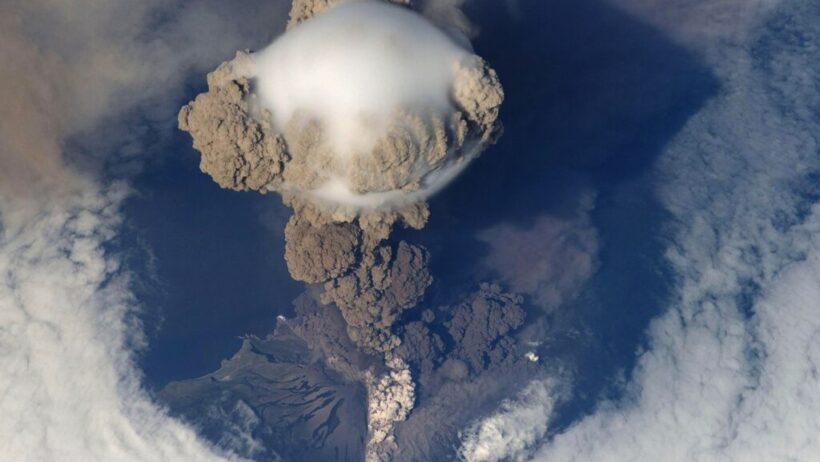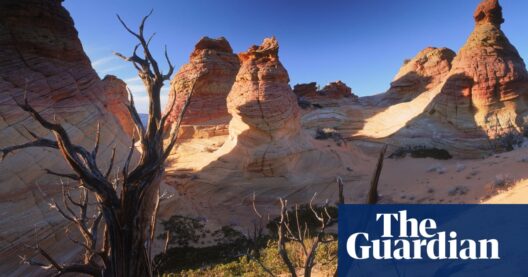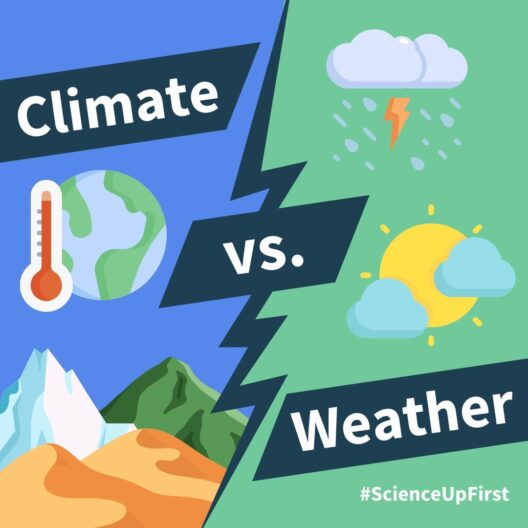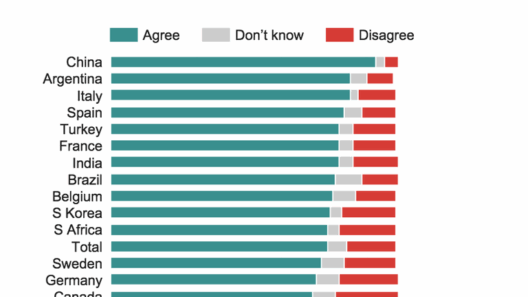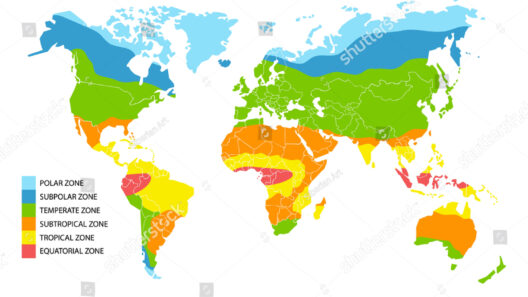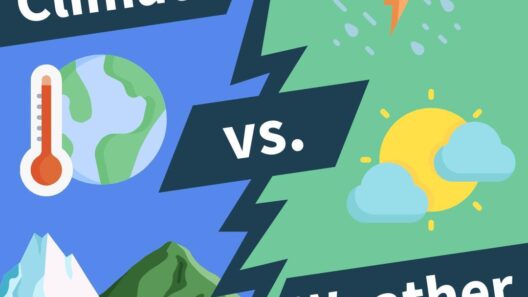Imagine standing on a peaceful landscape, only to discover that beneath your feet lies a volatile powerhouse capable of reshaping the very fabric of our atmosphere. Isn’t it intriguing to fathom that the volcanic systems we often associate with destruction can have profound implications for climate events? As we delve deeper into this topic, it becomes evident that the dynamics of volcanic activity extend far beyond their immediate surroundings, influencing global climate patterns and ecosystems in ways that are both fascinating and complex.
Volcanoes are not just mountains belching lava; they are intricate geological systems. The fiery magma, which bubbles under the Earth’s crust, can erupt violently or ooze slowly depending on various factors, including the viscosity of the magma and gas content. When a volcano erupts, it can release a plethora of gases and particles into the atmosphere, which interact with the climate system in a multitude of ways. Among the primary volatile substances emitted during an eruption are sulfur dioxide (SO2), carbon dioxide (CO2), and ash.
But what exactly happens after these emissions are released into the atmosphere? The answer lies in the complex interplay between volcanic output and climate systems. Sulfur dioxide, for instance, can react with water vapor to form sulfuric acid aerosols. These aerosols reflect sunlight away from the Earth, leading to a temporary cooling effect known as “volcanic winter.” The effects can be felt globally, as demonstrated by the eruption of Mount Pinatubo in 1991, which resulted in a significant drop in average global temperatures by about 0.5°C for roughly two years.
Conversely, carbon dioxide, a greenhouse gas, can contribute to warming when present in significant quantities. While volcanic eruptions emit CO2, their contribution to global warming is dwarfed by human activities. However, it compels us to ponder: can the climate crisis be mitigated by managing our relationship with these geological giants? This question invites a challenge that environmental activists and policymakers must tackle.
The effects of volcanic eruptions on climate are nuanced and complex. Consider the idea of a feedback loop: eruptions lead to cooling, which can subsequently affect weather patterns, agriculture, and water supply—essentially shifting the gears of ecological balance. For instance, the cooling induced by aerosols can result in altered precipitation patterns, potentially leading to droughts in some regions while inundating others with excessive rainfall.
Ecosystems can be both resilient and fragile. After an eruption, the ash can fertilize soil, prompting a remarkable recovery in plant life. However, it can also obliterate habitats, kill fauna, and disrupt agriculture. The challenge, therefore, is to understand these dualities and bring them into discussions about climate adaptation strategies. How do we prepare communities for the disruptions while harnessing the opportunities that volcanic soils might present?
It is essential to recognize that volcanoes operate on geological timescales, while climate change is a pressing contemporary dilemma. The gradual evolution of our planet through volcanic activity has shaped its atmosphere over millions of years, but the rapid changes we are witnessing due to anthropogenic actions challenge the natural equilibrium. Can we synthesize the wisdom imparted by volcanic activity with modern climate strategies? The potential for developing resilient agricultural practices and enhancing biodiversity through a deeper understanding of volcanic soils is ripe for exploration.
Research into past volcanic activity provides crucial insights. Ice cores and sediments offer a historical record that reveals how climate has reacted to volcanic eruptions over millennia. Such studies help to predict future climate responses, allowing scientists to model various scenarios of eruption impact amid ongoing climate change. They serve as reminders of Earth’s ability to heal and adapt—an essential lesson as humanity grapples with its own impacts on the environment.
Moreover, the frequent intersection of human and volcanic activities presents unique challenges. Urbanization encroaches on volcanic regions, increasing risks for populations living in proximity to these geological hazards. How should we approach land-use planning and building codes in these areas? The balance between harnessing geothermal energy and safeguarding communities from potential eruptions requires proactive policies that integrate risk assessments and community preparedness.
Volcanoes, with their unpredictable behavior and extensive reach, cannot be ignored in the dialogue about climate change. They are not mere background characters in the climate narrative; they are active participants that shape atmospheric dynamics in both beneficial and detrimental ways. Adequate education and awareness can empower communities to develop resilience, adapting practices that honor the volcanic landscape while mitigating risk.
As our understanding of geology and climate systems continues to evolve, the symbiotic relationship between humans and volcanoes must be acknowledged and respected. By fostering a deeper understanding of the intricate processes at play, we are better equipped to face the climate challenges ahead. The interplay between fire and ice—where the heart of the Earth meets the atmosphere—invites all of us to engage thoughtfully in preserving both our environment and each other’s future.
In conclusion, as we confront the challenges posed by climate change, it is imperative to consider the role of volcanoes in our global ecosystems. Fire beneath our feet is not merely a force of destruction but a vital component of the Earth’s climatic and ecological balance. The question remains: how will we choose to engage with these powerful natural phenomena? The answers may hold the key to fostering a more sustainable future for all living beings on our planet.



